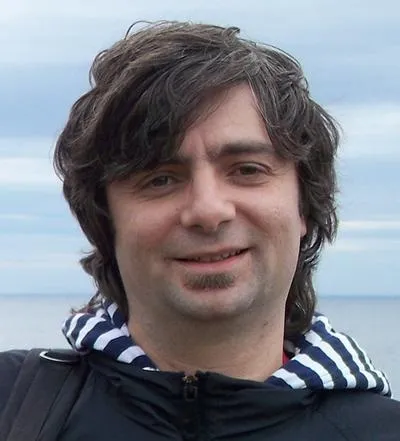About the project
Recent proliferation of sargassum across the tropical Atlantic brings both management challenges and commercial potential to the eastern Caribbean, demanding accurate forecasts day-months ahead of beaching events. Building on open ocean forecasts, Earth Observation capabilities and recent morphological insights, machine learning will underpin a new ocean-to-coast process-based sargassum forecast system.
Since 2011, free drifting (pelagic) sargassum has proliferated across the tropical Atlantic, of consequence for coastal communities in the eastern Caribbean. Accumulation and decomposition on beaches threaten the vital tourism sector, yet sargassum may prove to be a ‘golden tide’, with commercial uses demonstrated in extraction of fuel, fertilizers, and pharmaceuticals. To optimize coastal management and commercial activities, it is imperative to develop accurate monitoring and forecasting of sargassum influxes.
Earth Observation (EO) technologies bring step changes in monitoring and process-level understanding of sargassum. Forecasting open ocean drift of sargassum has extensively developed over the last decade,– but major challenges remain, in particular:
- To incorporate near-shore processes into the offshore forecasts, to better predict the timing, location and quantities of major sargassum beaching;
- To better incorporate biological functionality into forecasts, accounting for differences between three dominant morphotypes of sargassum.
The Centre for Resource Management and Environmental Studies (CERMES), of the University of the West Indies at Cave Hill (Barbados), established an open ocean forecast system, used since 2019 for the quarterly Sub-regional Sargassum Outlook Bulletin. Following recent upgrade of the CERMES forecast system, the student will use Machine Learning (ML) alongside EO to link predicted offshore fluxes with the inshore presence of sargassum and beaching events. ML will be further used to incorporate variable growth and mortality rates, related to physical variables (temperature, salinity, nutrients), and in forecast evaluation/improvement with available multispectral satellite imagery that provides ‘ground truth’ sargassum data in locations of interest.
Supervisory team
The supervisory team includes supervisors from several organisations. Please contact the Lead Supervisor for more information about the team.
Training
The INSPIRE DTP programme provides comprehensive personal and professional development training alongside extensive opportunities for students to expand their multi-disciplinary outlook through interactions with a wide network of academic, research and industrial/policy partners. The student will be registered at the University of Southampton and hosted at the School of Ocean and Earth Science, in Southampton.
Specific training will include experience with:
- programming languages and environments (including our Iridis Compute Cluster), to access and analyse a diversity of oceanographic and EO data
- various Machine Learning approaches, to include unresolved scales/processes in deterministic simulations and to reduce forecast uncertainty through optimal use of observations (in situ and EO)
Research findings will be presented at major conferences where nature-based solutions are highly profiled. Close collaboration with colleagues at CERMES will include annual visits to regional field sites, to ensure that the forecast system is developed in close liaison with key stakeholders.


